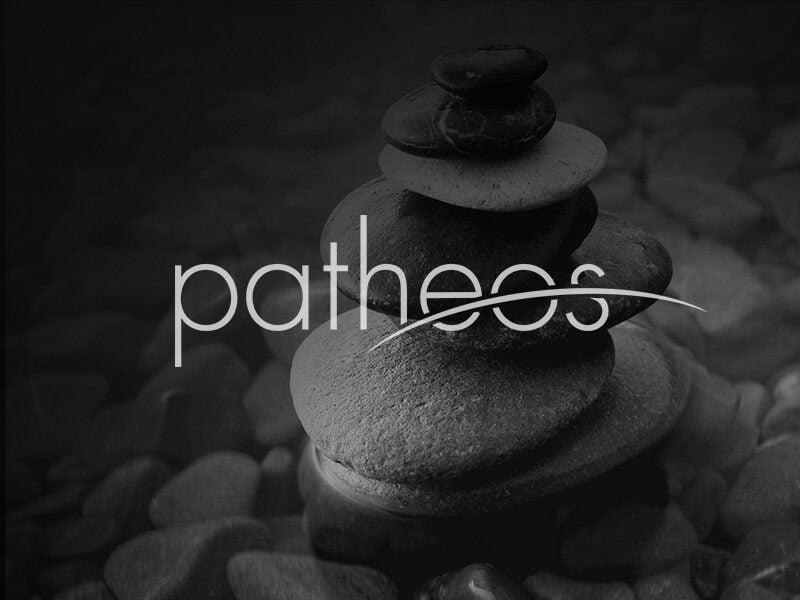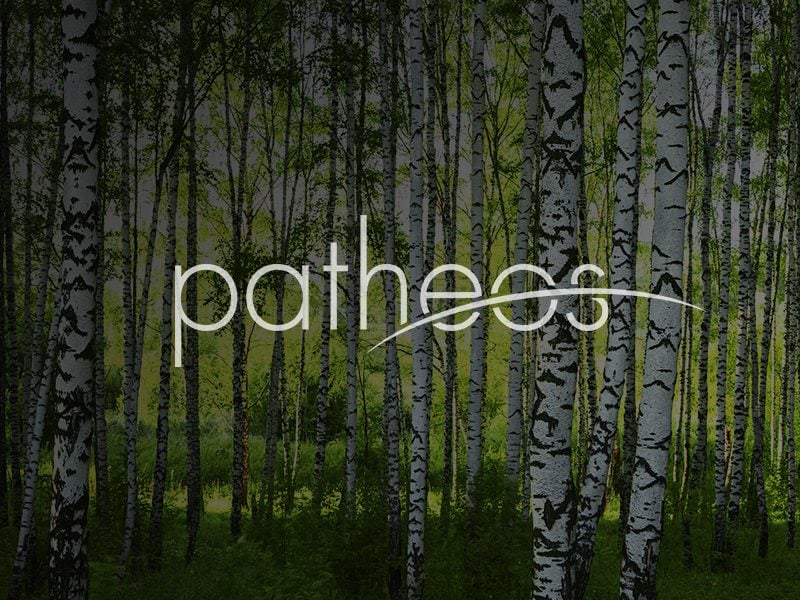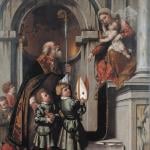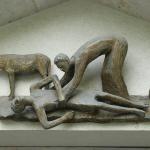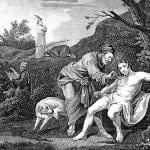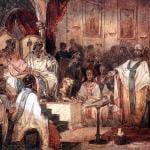Vatican City, Dec 8, 2015 / 09:06 pm (CNA/EWTN News).- On Tuesday the façade and dome of St. Peter’s Basilica were illuminated with images portraying man’s relation to nature – an event inspired by Pope Francis’ recent encyclical on care for our common home and set to coincide with major Church events. Titled “Fiat Lux (Let there be light): Illuminating Our Common Home,” the three-hour display took place the evening of Dec. 8, which marked a major day for the Church. Not only does the Church celebrate the feast of the Immaculate Conception, one of the most important Marian feast days, but this year the feast also signaled the launch of the Extraordinary Jubilee of Mercy. Pope Francis inaugurated the Holy Year by saying Mass in St. Peter’s Square in the morning before opening the basilica’s Holy Door, which is only opened during jubilee years. The jubilee will close Nov. 20, 2016, on the Solemnity of Christ the King. Set to coincide with both the launch of the Jubilee of Mercy and the COP-21 climate change summit in Paris, the “Fiat Lux” event was the product of a humanitarian coalition of Paul G. Allen's Vulcan Inc., the Li Ka Shing Foundation and Okeanos, as well as The Oceanic Preservation Society, Obscura Digital, and the World Bank Group's Connect4Climate initiative. A Dec. 4 statement from Vulcan Inc. called the initiative “a gift of contemporary public art,” and said “beautiful images of our shared natural world will be projected onto the façade of St. Peter's Basilica,” telling “the visual story of the interdependency of humans and life on earth with the planet.” The statement added that the display is being done “in order to educate and inspire change around the climate crisis across generations, cultures, languages, religions and class.” The “themes of climate change, human dignity and the earth's living creatures” found in Laudato si' was the inspiration for the “large-scale architectural public art installation,” according to the statement. Its organizers expressed hope that the images shown on St. Peter's Basilica will encourage people throughout the world “to join a global movement to protect our common home.” Carole Tomko, vice president of Vulcan, Inc., commented that “it is our hope that this beautiful and contemporary work of public art will inspire citizens of the world to join together in a moment of compassion and to activate a global movement to protect humankind, our common home and precious endangered species.” And Lucia Grenna, program manager of Connect4Climate, said, “We are proud … to work with our creative partners to highlight the biggest issues facing mankind: poverty and climate change. This artistic display will tell a powerful visual story of the interdependency of all life on earth with our environment and we hope inspire the teams in Paris to push for the most ambitious deal possible.” According to Our Common Home's Frequently Asked Questions, “The gift is designed as a beautiful contemporary artistic interpretation of Pope Francis’ Encyclical 'Laudato Si’' and the Integral Ecology message, and will serve as the backdrop for the opening of the Extraordinary Jubilee of Mercy.” Among the photographers and filmmakers featured in the Dec. 8 light display are Sebastião Salgado (Genesi and Contrasto), Joel Sartore (National Geographic Photo Ark), Yann Arthus Bertrand (Human), David Doubilet, Ron Fricke and Mark Magidson (Samsara), Howard Hall, Shawn Heinrichs, Greg Huglin, Chris Jordan, Steve McCurry, Paul Nicklen, and Louie Schwartzberg. The Vatican’s Secretary of State Cardinal Pietro Parolin is currently in Paris for the Nov. 30-Dec. 11 COP-21 summit on climate change. In his speech for the opening of the conference, Cardinal Parolin urged global leaders to orient their discussion toward a clear ethical objective, one that puts the human person, the poor in particular, at the center. He said one of the key pillars for a “global and transformative agreement” on how to address the problem of climate change consists of “the adoption of a clear ethical orientation, which inspires the motives and goals of the agreement to be implemented,” with the poor as a special focus. Leaders from 150 nations, in addition to 40,000 delegates from 195 countries, are participating in the talks, CNN reports. The goal of the discussion is to reach an agreement on legally binding reductions of greenhouse gas emissions. The reductions are intended to hold global average temperatures under a two degrees Celsius increase over preindustrial global temperatures, according to CNN. Read more





